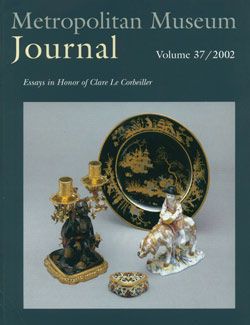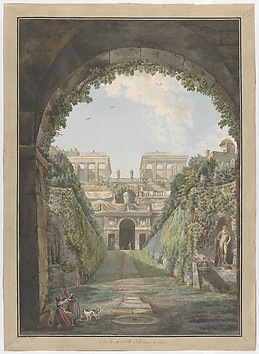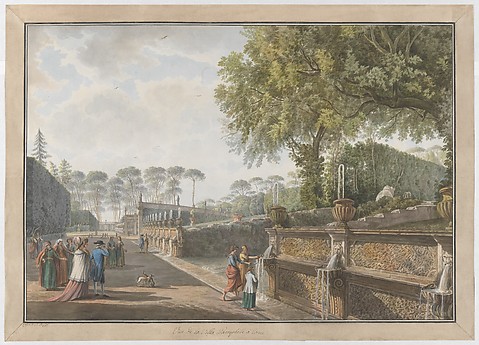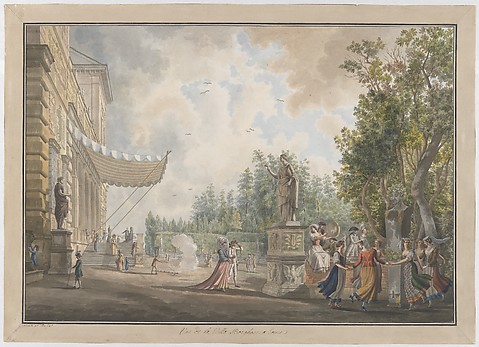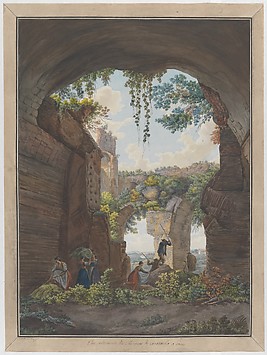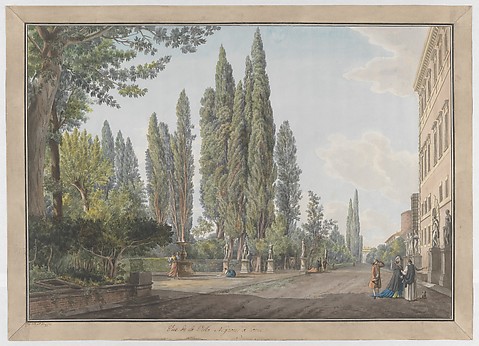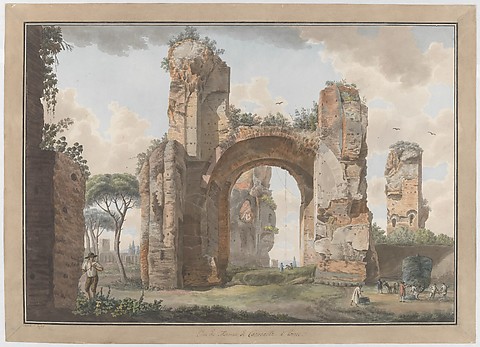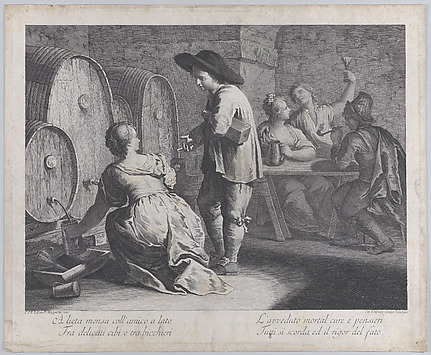The imaginative and intelligent collections created in the 1980s and 1990s by Gianni Versace (1946–1997) have earned him a position of prominence in the history of late-twentieth century fashion. Many think of Versace primarily as flamboyant and outrageous, a designer whose sources were those of the street and popular culture. But while this is true, Versace was also as interested and knowledgeable in the history of both art and fashion as he was in Hollywood, rock, "image," and the runway. His costumes blend past and present, high and pop culture, and the result is fashion appropriate for the nineties. He always retained a fierce individuality, unabashedly open in his penchant for sensuality in both womenswear and menswear. A regular visitor at The Metropolitan Museum of Art, he attended exhibitions at The Costume Institute with great enthusiasm and also looked at the art in other galleries avidly. He deeply admired the classicism of Madame Grès and spent hours studying her work at The Costume Institute's 1994 exhibition. In addition, Versace's last collection was partially inspired by The Metropolitan Museum of Art's 1997 exhibition "The Glory of Byzantium." This publication and the exhibition that it accompanies commemorate Versace's unique achievement, placing him for the first time in the realm of the museum and of history. Gone are the super-models, the glitz of the media, and the spectacle of the runways, but the splendor remains in Versace's creations, even when seen as they are in the pages of this book, stripped of their previous accoutrements and elegantly displayed on museum mannequins. Richard Martin, Curator in Charge, The Costume Institute, The Metropolitan Museum of Art, has written a conceptual and analytical text that both places Versace's work in historical context and provides new insights into the major inspirations and themes of the designer. In the Introduction, he discusses Versace's relationship with earlier designers' work, and he also clarifies Versace's metamorphosis of the prostitute into a positive, even exuberant expression of glamor and of independence from middle-of-the-road values. The body of the book is divided into seven conceptual sections, each beginning with a text summarizing the topic and each also including a brief discussion of individual costumes, all of which are illustrated with striking elegance and simplicity. The section titled "The Landmarks" is a retrospective look at Versace's major achievements. "Art" sketches in Versace's relationship with various artists, such as Alexander Calder and Robert and Sonia Delaunay, and emphasizes his particular sympathy for the work of Andy Warhol. In "History," we learn about Versace's creative interpretations of the past, from Byzantine art to the classicism of Madame Grès. "Materials" demonstrates Versace's extremely unusual incorporations of industrial plastics and leather, for example, which he so successfully translated into his own personal forms. Among the costumes in "Word and Image," we find a sparkling Vogue-inspired gown and small black leather dresses emblazoned with Japanese characters. The section on Versace's "Men" demonstrates his revolutionary views of the sensuous male in black leather with studs and fringes, or in brilliantly patterned shirt or jeans. And lastly, there is "The Dream," an evocation of Versace's visions of costumes for the opera and the dance, all of which are pure theater in the hands of this designer. In his Introduction to this volume, Richard Martin expresses the spirit of the Metropolitan Museum's tribute to Gianni Versace: "On seeing his work in a museum exhibition or in this book, it becomes clear that Gianni Versace is not merely a figure of sentiment or cultural inquiry, or subject-object of the media spectacle. Under the dissecting light of a museum's examination, Versace achieves another and equally positive effect. The encyclopedic knowledge, the virtuoso performance of techniques, the sensibility to experiment, and the equilibrium between history and contemporaneity are perhaps seen even more clearly here."








